

Robert Duncanson worked with and donated many of his works to the Abolition cause.
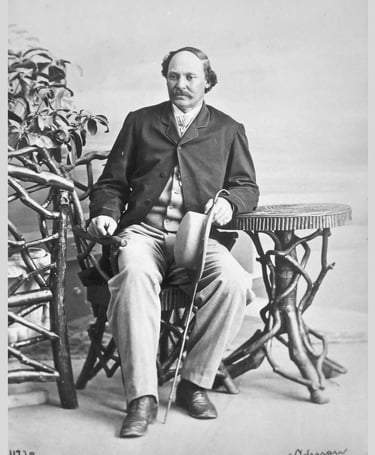

Work in Progress
Charles Avery
Charles Avery was born on this date in 1784. He was a white-American merchant, businessman, and Abolitionist.
Little is known of his childhood, but Charles A. Avery came to America in 1812. He settled in Pittsburgh and entered the wholesale drug business by founding a firm today, the George A. Kelly Co. His interest expanded later to the cotton industry, and while on buying trips to the South, he was drawn to the plight of the Black slaves.
Joining the abolitionist forces, he aided the escape of slaves from the South to Canada in the Underground Railroad. Avery's motives further caused him to extend his help to the Negro in America by first becoming active in the abolitionist movement. Later, he fought against the Fugitive Slave Laws and gave sums of money to help found Liberia, the West African nation developed by returned American slaves.
Avery also became interested in creating educational facilities for Negroes.Allegheny Institute nd Mission Church, later known as Avery College, was built with funds from Avery's fortune.
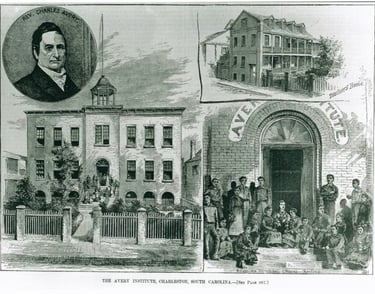

The Steamship Goliath was docked with the was unloading the first profitable Copper ever mined in America. To greet the ship the Rev. Charles Avery the primary Investor in the Pittsburgh & Boston Mining Co. Rev. Avery found Duncanson in his Detroit studio in 1848 and commissioned him to paint the mines.
His largest commission to date. The paintings accurately depicts the first significant copper mine in the U.S. is located in Michigan's Upper Peninsula. Duncanson & his understudy Junius Sloan made many special sketching trips to study the mines and the rugged landscape & dense forest in the summers of 1848,49 & 50.
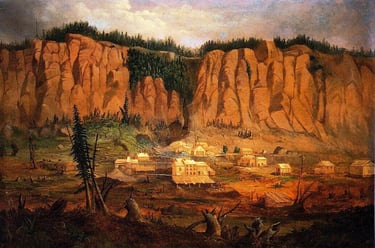

In 1851 Duncanson's first historical painting was “the Garden of Eden” copied after Cole’s painting of the same name. The finished canvas was 5 by 7 ft. He crated it & traveled up the Ohio River to tour it in Pittsburgh. There it was received “As a work of Genus.”. In concert with the exhibition Duncanson orchested a ceremonious presentation of the painting to Rev. Charles Avery as a Symbol of appreciation for the Rev’s efforts on behalf of African-Americans. Several abolitionist newspapers realized the publicity potential of this presentation and ran the story.
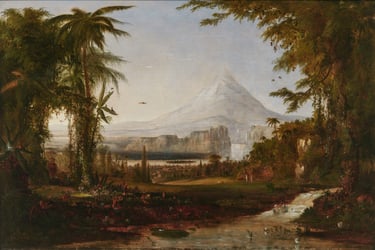

1784-1858
Nicholas Longworth (1783-1863)
Cincinnati's First Millionaire, of "Belmont" Pike Street, Cincinnati, Ohio

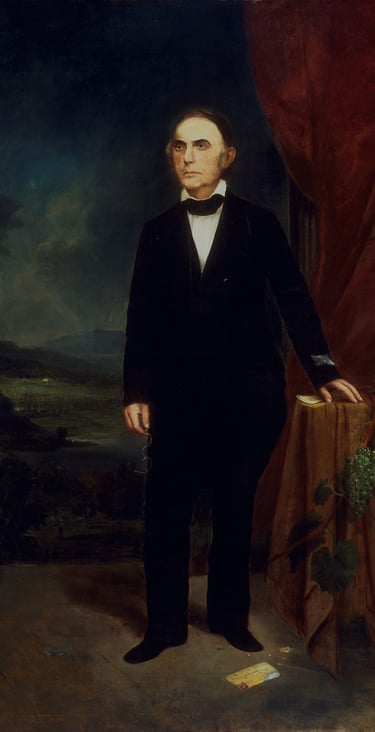
Portrait by Duncanson 1858

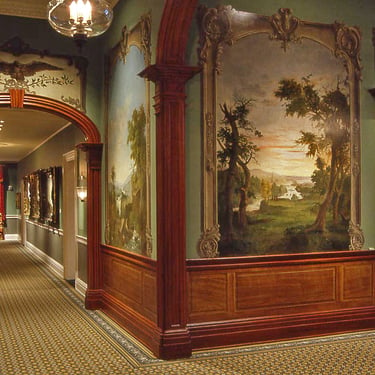
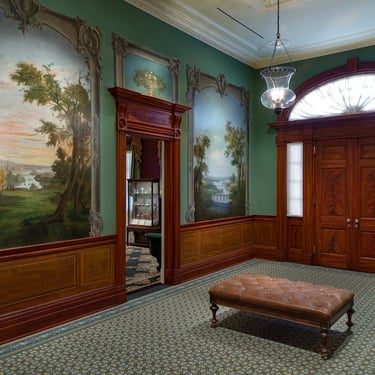
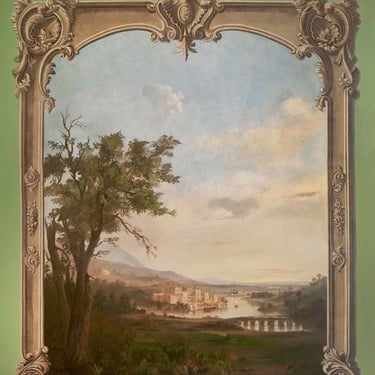

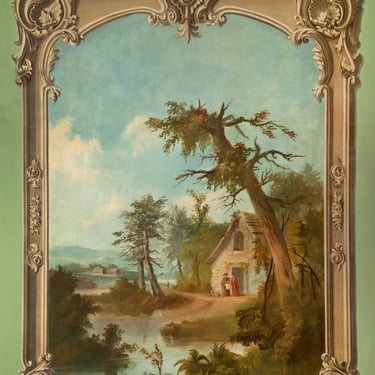

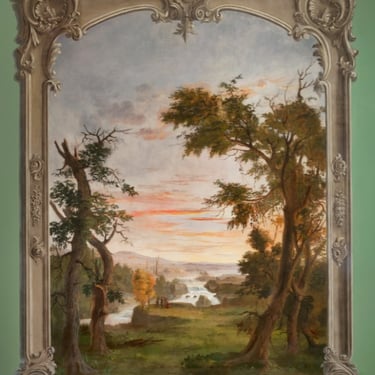
Duncanson's progress as a landscape painter in 1850s caught the attention of Longworth a major landowner and wine maker, who was one of the wealthiest men in the United States and largest arts patron in Cincinnati. Longworth, a taciturn man in political affairs, was known tp possess strict antislavery principles. One story often told Longworth hid a runaway slave, Harvey Jones, in his cellar and paid his Kentucky master to set the man free. In the young African-American artist, he could support both his cultural philanthropy and abolitionist sentiments. Motivated by his abolitionist sympathies and Duncanson's experience as a house painter and decorator Longworth commissioned Duncanson to paint large landscape murals in his house for his 50th wedding anniversary to his wife Comtesse Clara around 1850. The commission was the largest project of Duncanson's career, consisting of Eight huge landscape decorations approximately nine by seven feet, three over-the-door floral vignettes and two patriotic eagles over arched entrances. Longworth's support usually consisted of funds to send an artist east or to Europe to study. Duncanson traveled to Europe April 1853 to January 1854. In a letter to a friend in Italy Longworth wrote " One of our most promising painter is a light mulatto by the name of Duncanson . He is a man of great industry and worth." After Longworth's death in 1863 his son Joseph sold the house to David Stinton who had the murals wallpapered over. In 1927 the house was donationed to the city of Cincinnati. During a renovation of the building in 1931 the wallpaper was removed,.
William and Freeman Cary


